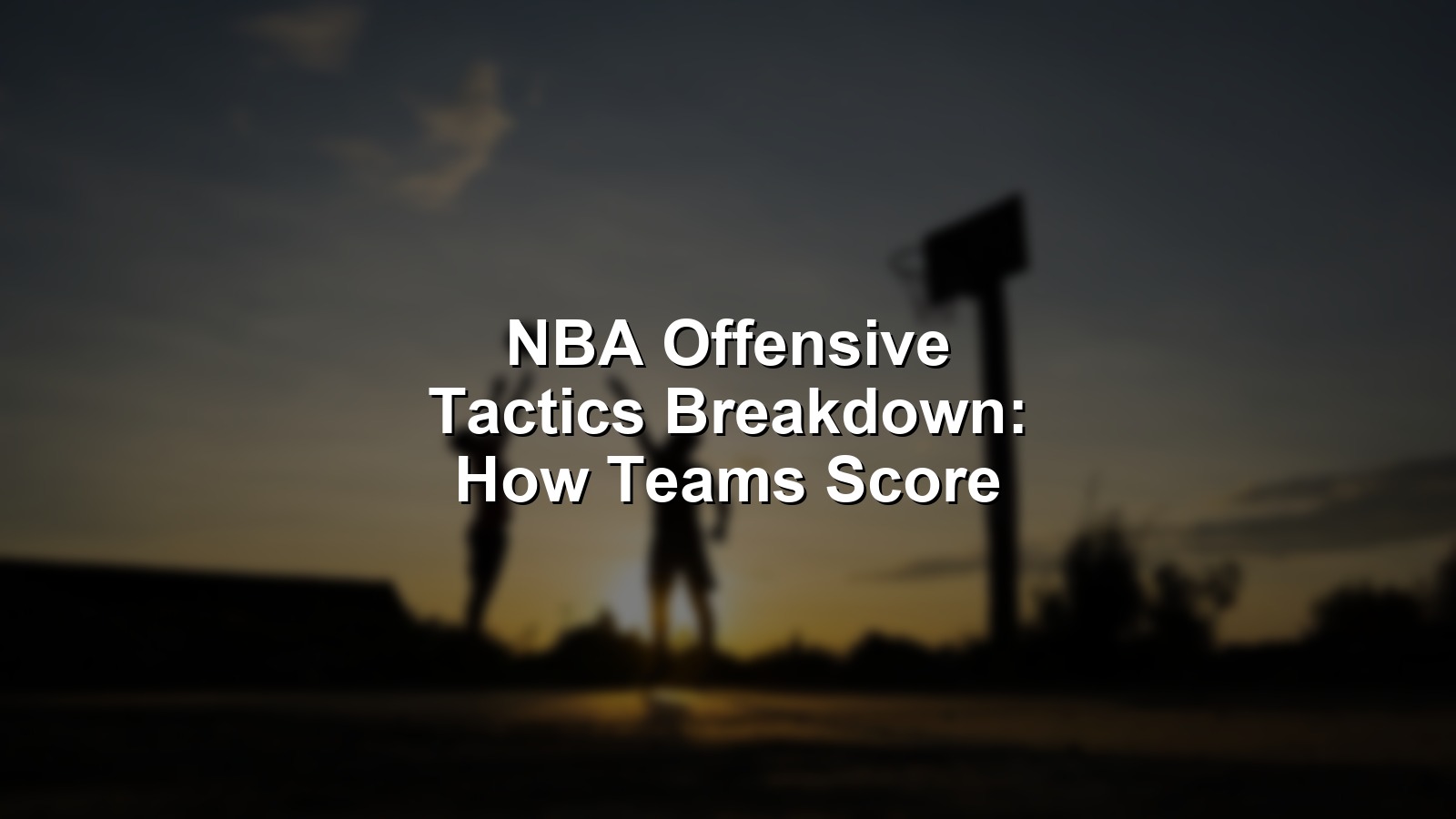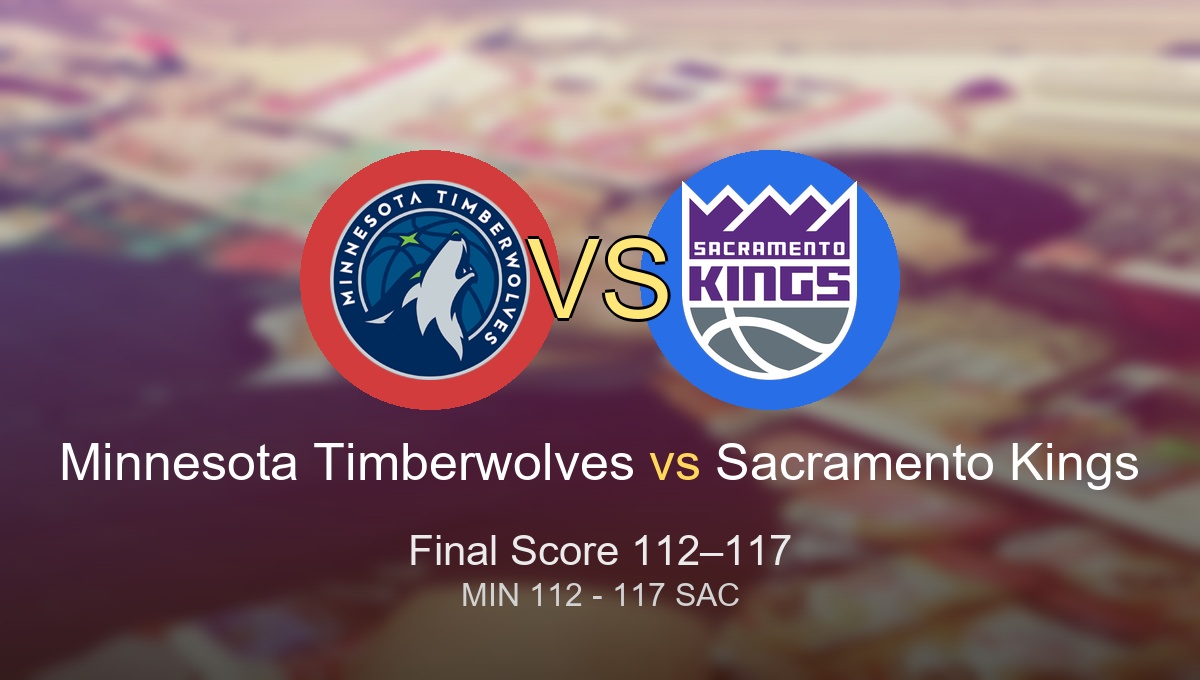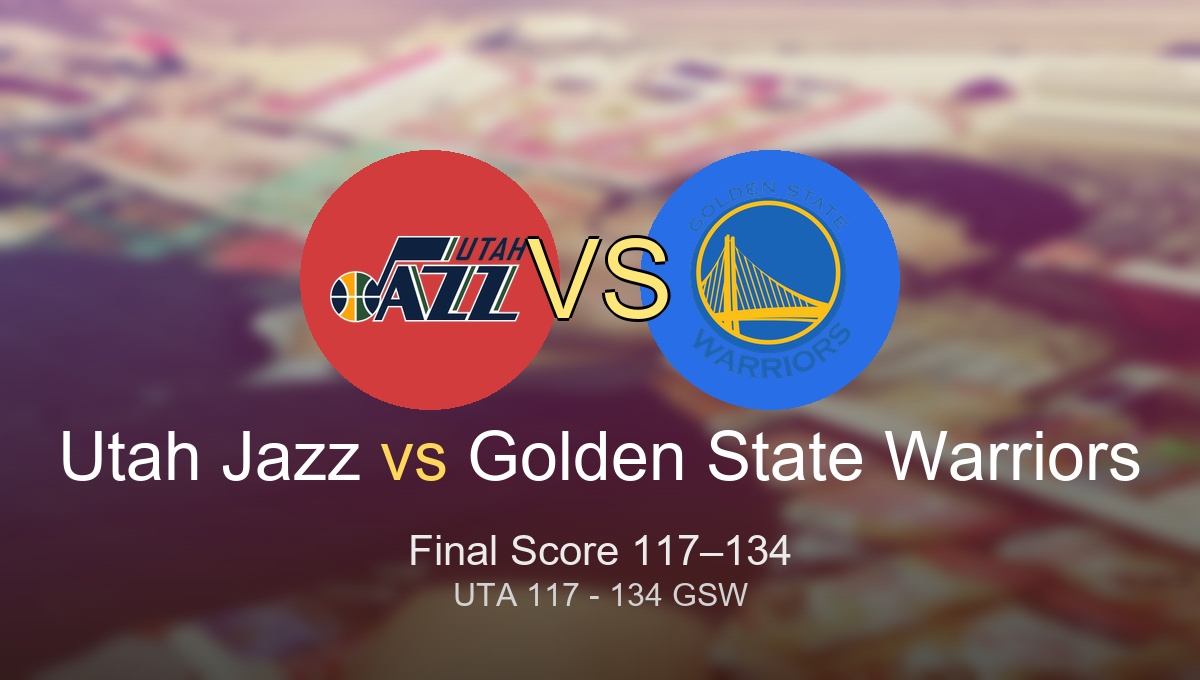
How do NBA offenses actually build champions? Why do some teams seem to unlock scoring secrets while others stall out? The NBA offensive tactics breakdown is more than play diagrams—it’s about innovation, adaptation, and turning moments into banners. Over decades, teams have reinvented the art of putting the ball in the basket, using signature plays, unguardable sets, and stars who turn tactics into legend.
From the triangle offense to the modern five-out, offensive tactics shape dynasties and highlight reels alike. Championships are forged in tough playoff series, but they’re born from months of calculated choices and bold experiments. This breakdown traces the clues and climax moments that reveal why scoring matters so much more than points on a stat sheet.
In every NBA decade, an iconic play or game shifts what coaches teach, what fans love, and what every defense dreads. Buckle up as we explore the ten moments, movements, and methods that forever changed how NBA teams score.
Context: Why This Matters
Offense wins hearts—but does it win rings? The old barbershop debate endures. Sure, “defense wins championships,” but modern NBA teams can’t survive without a scoring identity. Talent gets you buckets, but the best tactics get you parades.
Talking tactics means comparing Steve Kerr’s Warriors to Pat Riley’s Lakers. It means asking if the 2014 Spurs’ motion offense was more beautiful—or more effective—than the Heat’s blitzkrieg. Titles, excellence, and revolutionary plays always rub up against the raw numbers. This breakdown is our lens for those endless debates.
Methodology
Ranking the most influential NBA offensive tactics, moments, and team-wide methods required blending stats with impact. Here’s how we built this list:
- Signature moments: Did this play or tactic leave a signature moment that’s part of NBA lore?
- Championship results: Did the tactic help win titles or change postseason outcomes? (30%)
- Longevity & adoption: Did it alter the league, making teams change or copycat? (30%)
- Individual and team stats: Did the tactic elevate offenses to record books? (20%)
- Cultural impact: Did fans, coaches, and rivals acknowledge its significance? (20%)
Sources included NBA.com, Basketball-Reference, and respected historical coverage from ESPN. Hall of Fame speeches, game footage, and long-term league consensus all helped weigh intangibles.
The Moments That Changed Everything
1. Warriors’ “Death Lineup” (2015 NBA Playoffs)
Game 4 of the 2015 Western Conference Finals: Steve Kerr benches his center. Golden State floods the court with shooters and switchable wings—Curry, Thompson, Iguodala, Barnes, Green. The Rockets never recover.
This was the birth of “small-ball” as a kingmaker strategy. No big man clogging the lane, just endless spacing and pace. The Death Lineup didn’t just help the Warriors win a championship—it forced every NBA team to reconsider defense and rim protection forever. They won 67 games that first year, then a record-breaking 73 a season later, changing how GMs build teams and coaches run offenses.
As Draymond Green said, “We started something that made the league adapt.”
Key facts:
– 3 NBA titles (2015, 2017, 2018) with variations of the Death Lineup
– 73-win season and all-time offensive rating leap
– Forced league-wide adoption of pace-and-space
Authoritative sources:
– Golden State’s Death Lineup stats – NBA.com
– Warriors dynasty breakdown – Basketball-Reference.com
🧵 On X
https://x.com/search?q=Warriors%20Death%20Lineup%20offense&src=typed_query
2. The Triangle Offense (Michael Jordan’s Bulls, Phil Jackson’s Mastery)
It’s 1991: The Bulls trail the Lakers in Game 5 of the Finals. Jordan finds Paxson—open, in rhythm, thanks to a swirling triangle offense. The Bulls go on a run, clinch the franchise’s first ring, and begin an era.
The triangle offense, made legendary by coach Phil Jackson and assistant Tex Winter, became the code teams tried (and often failed) to crack for a decade. MJ and Pippen sculpted careers on its reads and spacing. Six titles in Chicago, five more in LA with Kobe and Shaq—triangle offense was both a philosophy and a puzzle, and its scars are still on scouting reports today.
“Every possession, the defense made a choice they couldn’t win,” Jackson once mused.
Key facts:
– 11 combined NBA titles (Bulls and Lakers)
– Enduring system used for over two decades
– Built around spacing, player movement, and reads
Authoritative sources:
– Triangle Offense Explained – NBA.com
– Phil Jackson coaching record – Basketball-Reference.com
🧵 On X
https://x.com/search?q=triangle%20offense%20Bulls&src=typed_query
3. Spurs’ 2014 Ball Movement (The Beautiful Game)
Game 3 of the 2014 NBA Finals is basketball ballet: the San Antonio Spurs rotate, swing, and cut until Miami’s defense is helpless. They score 71 in the first half—on the sport’s biggest stage—and the Heat look lost.
This wasn’t just passing. It was belief. Gregg Popovich’s motion offense turned a veteran core into one of the most efficient teams in NBA history. The “Spursy” style influenced ball movement from Sacramento to Brooklyn, and players like Manu Ginóbili became cult favorites for their unselfish flair.
“I think that’s the way basketball was meant to be played,” Tim Duncan beamed.
Key facts:
– 2014 NBA champions (beat Miami 4-1)
– Finals record for assists per game and half-court efficiency
– Inspired modern coaching trees and tactics
Authoritative sources:
– 2014 Spurs playoff stats – NBA.com
– Spurs dynasty history – ESPN.com
🧵 On X
https://x.com/search?q=Spurs%202014%20ball%20movement&src=typed_query
4. Mike D’Antoni’s “Seven Seconds or Less” Suns
It’s November 2004. Steve Nash races up the court, passes ahead, and Phoenix finds a quick three. D’Antoni, with Amar’e Stoudemire and Shawn Marion, ditches traditional post play for speed. Suddenly, the NBA average pace skyrockets.
The “Seven Seconds or Less” revolution didn’t produce a title, but it broke open what was possible. The Suns’ offenses topped the league, and their quick-trigger threes didn’t just rack up highlights—they influenced a generation of coaches, from Houston’s Morey-ball to Kerr’s Warriors.
As Nash explained, “Our speed was our secret weapon—and it forced teams to react.”
Key facts:
– 3-time NBA leader in offensive rating (2005–2007)
– 2 MVPs for Steve Nash
– Paved way for three-point revolution
Authoritative sources:
– Suns offensive rating history – Basketball-Reference.com
– D’Antoni system explained – ESPN.com
🧵 On X
https://x.com/search?q=suns%20seven%20seconds%20or%20less&src=typed_query
5. LeBron’s “Miami Point Forward” Era (2012-13)
Game 6, 2013 Finals. LeBron James strips off his headband and starts orchestrating everything. Screen-rolls, bully-ball drives, skip passes, and daring corner threes— the Heat morph offense mid-possession, every defender a target.
LeBron’s prototypical point forward role destroyed mismatches. Miami’s 27-game win streak (and two rings) built on switching between post-up, pick-and-roll, and four-out spacing. After Miami, big ball-handlers became the blueprint—in Cleveland, then league-wide.
“Anything is possible with LeBron at point forward,” said coach Erik Spoelstra.
Key facts:
– 2-time NBA champs (2012, 2013), 4 straight Finals trips
– LeBron Finals MVP twice, Miami top-5 offense all era
– Changed perception of positions and roles
Authoritative sources:
– LeBron playoff game logs – Basketball-Reference.com
– NBA.com LeBron James stats
🧵 On X
https://x.com/search?q=LeBron%20James%20Miami%20offense&src=typed_query
6. Shaq and Kobe’s Lakers “Inside-Out” (2000–2002)
2001 playoffs, Game 1 vs. Spurs: Shaq catches in the post, commands a triple-team, and Kobe savages the weak side for an easy dunk. LA’s inside-out attack torches defenses with power and precision.
The Lakers’ title run proved old-school post dominance could still reign—but only with complementary perimeter threats. Shaq’s gravity bent defenses; Kobe and Derek Fisher made them pay. Three straight titles silenced critics and spawned endless “can you stop Shaq?” debates.
“We could throw it in and good things happened,” said Kobe Bryant.
Key facts:
– 3 consecutive NBA titles
– Shaq Finals MVP three times
– Inside-out and high-low looks peaked here
Authoritative sources:
– 2001 Lakers stats – Basketball-Reference.com
– Shaq and Kobe playoff highlights – NBA.com
🧵 On X
https://x.com/search?q=Lakers%20inside%20out%20offense%20Shaq&src=typed_query
7. The Pick-and-Roll Revolution (Stockton & Malone, and Beyond)
Game 2, 1997 Western semis. Stockton sets a high pick for Malone, threads the pass for a thundering dunk. It’s textbook, yet unstoppable.
Utah’s basic but lethal pick-and-roll forced the NBA to reimagine pairing bigs and guards. Stockton and Malone built a Hall of Fame partnership, then Nash/Stoudemire and modern guards like Trae Young elevated it to an art. Today, the pick-and-roll is the building block of every NBA attack.
“You couldn’t rest—one read, one screen, boom,” said a rival coach.
Key facts:
– Stockton all-time assists leader
– Malone 2nd all-time in points
– Pick-and-roll is most-used play type league-wide
Authoritative sources:
– Stockton career stats – Basketball-Reference.com
– NBA.com Play Type Data
🧵 On X
https://x.com/search?q=NBA%20pick%20and%20roll&src=typed_query
8. The Modern “Five-Out” Offense (Milwaukee Bucks, 2021)
Game 6, 2021 NBA Finals. Giannis brings the ball up with shooters in both corners and wings—nobody in the paint. He bulldozes and finishes with 50 points, Milwaukee’s first title since 1971.
Coach Mike Budenholzer’s five-out setting spread the floor so wide Giannis could feast. It elevated role players like Khris Middleton and Brook Lopez. Five-out moved from analytics thought experiment to league standard, tearing up traditional positional rules.
“We believe in letting Giannis play free range,” Budenholzer told press that night.
Key facts:
– 2021 NBA champions
– Giannis 50-pt Finals clincher
– Five-out now common from elite teams to rebuilding squads
Authoritative sources:
– Bucks 2021 playoff stats – NBA.com
– Giannis Finals stats – Basketball-Reference.com
🧵 On X
https://x.com/search?q=Bucks%205%20out%20offense&src=typed_query
9. “Iso ball” and Hero Scorers (Allen Iverson, James Harden)
May 2001, Game 1 NBA Finals: Iverson faces down the Lakers, crosses up Tyronn Lue, and buries a signature jumper. Single-handedly, he wills the Sixers to a stolen game.
Iso can be beautiful—ask Houston fans watching Harden rack up 60-point triple-doubles. But as a full team tactic, it has limits. While Iverson and Harden won MVPs and rewrote scoring norms, isolation ball rarely leads to rings. It’s a reminder that tactical beauty and heroics aren’t always the same thing.
“A.I. could get a bucket against anybody,” one Philly fan recalled.
Key facts:
– Harden, Iverson both league scoring leaders and MVPs
– Iconic iso scoring moments
– Rarely the basis for championship offense
Authoritative sources:
– Iverson game logs – Basketball-Reference.com
– James Harden stats – NBA.com
🧵 On X
https://x.com/search?q=NBA%20iso%20ball&src=typed_query
10. Splash Brothers and the 3-Point Barrage (2016–Present)
May 28, 2016: Game 6 in OKC. Klay Thompson erupts for 11 threes, the Warriors erase a massive deficit, and the league is forced to acknowledge: the three-pointer is king.
Steph Curry and Klay Thompson’s audacity—pulling up from 30 feet, running off screens non-stop—turned the three-point shot from a niche weapon to the center of NBA planning. Three-point volume records fall every season. Teams now structure rosters and cap space around shooting threats.
“You’re never safe with those guys out there,” said an opposing coach.
Key facts:
– 2015–2022: Warriors dynasty fueled by three-point shooting
– Curry: 2-time MVP, all-time threes leader
– League-wide 3PA (attempts) skyrocketed
Authoritative sources:
– Warriors three-point stats – NBA.com
– Curry shooting records – Basketball-Reference.com
🧵 On X
https://x.com/search?q=Splash%20Brothers%20three%20point&src=typed_query
Final Thoughts
Looking back, the best NBA offensive tactics blend invention with execution. The difference between the Spurs in 2014 and iso-heavy squads? Trust and teamwork. The Death Lineup forced evolution; the triangle immortalized roles.
But tactics never fully settle. New stars—think Luka Dončić fusing heliocentrism and FIBA craft, or Victor Wembanyama stretching spacing rules—will write future chapters. Analytics and evolving player skills guarantee the next revolution might come from anywhere.
So what does this ranking mean? Offense matters as much as ever. The best plays inspire imitators, rewrite rulebooks, and sometimes—just for a moment—make five defenders feel helpless. And for all the talk of “rings vs. numbers,” one thing remains true: great offenses win memories, and sometimes, banners.



